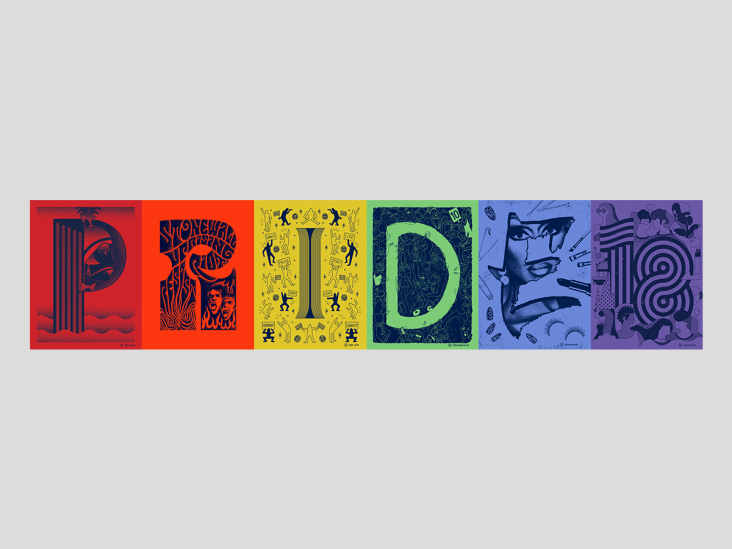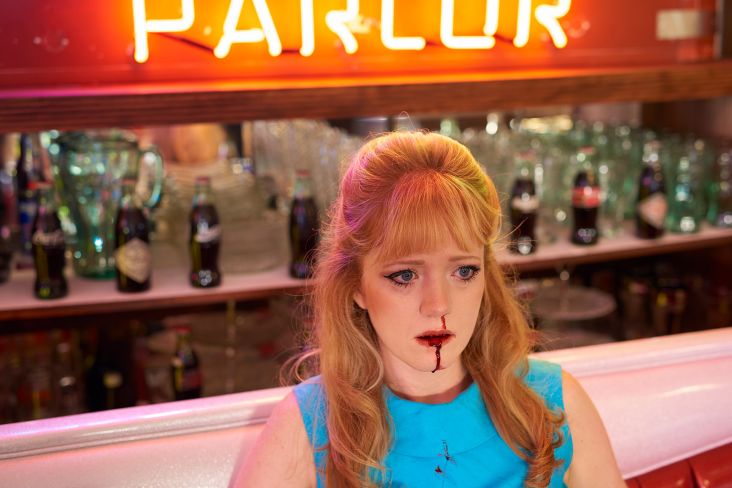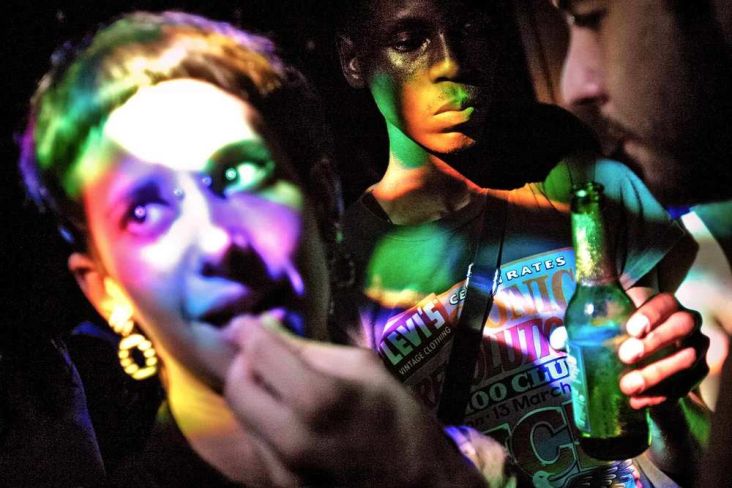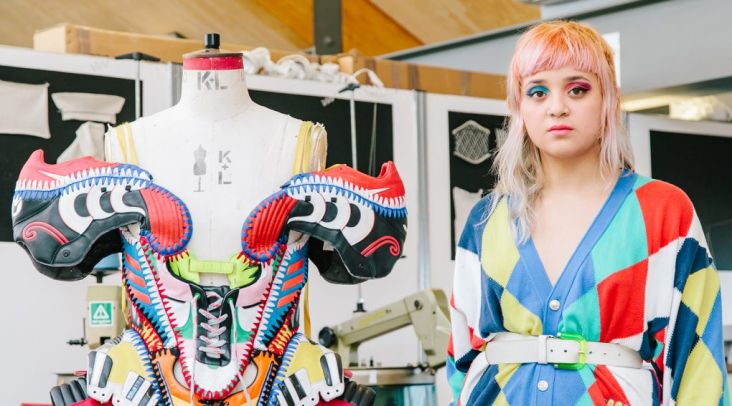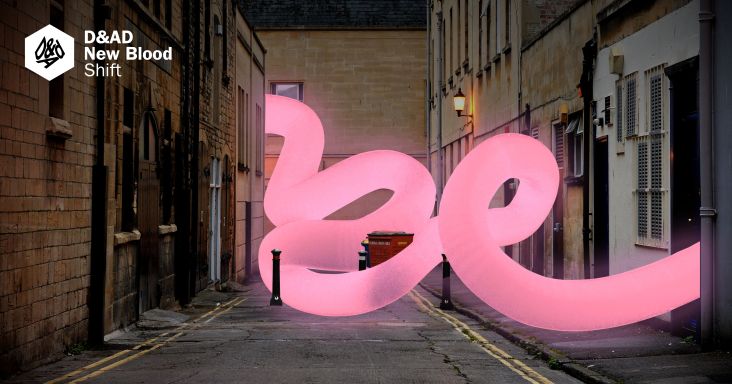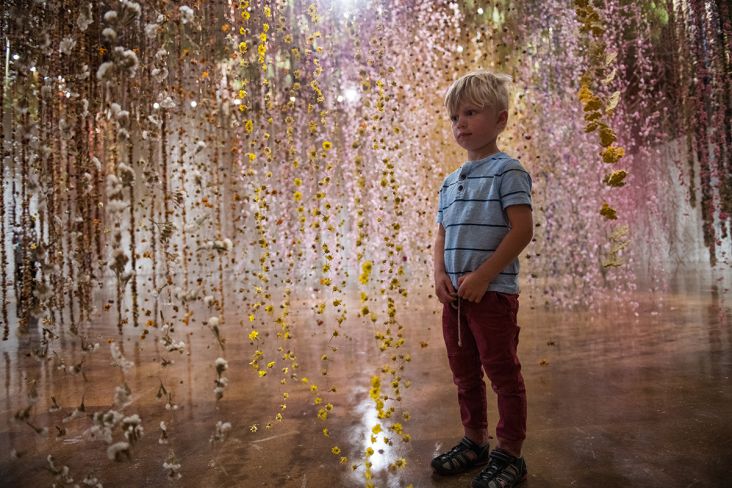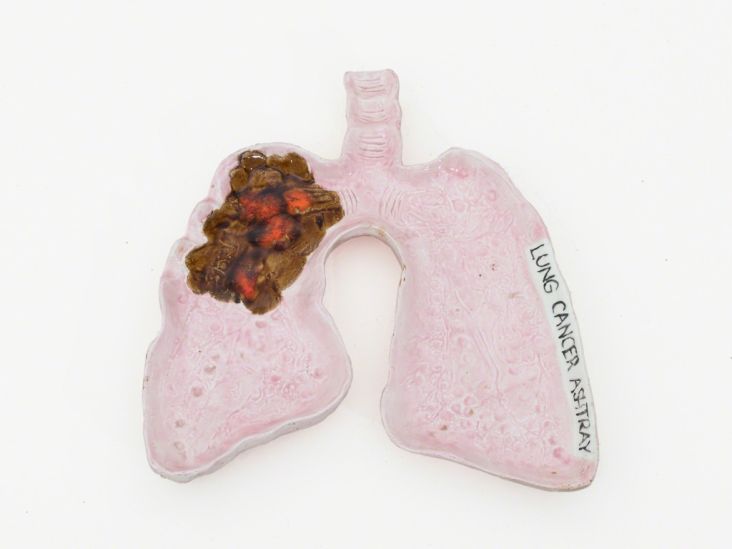Jane Bown: The Observer, a retrospective exhibition for the esteemed photographer
Jane Bown: The Observer is an upcoming retrospective exhibition at Proud Galleries, displaying the works of the esteemed photographer.
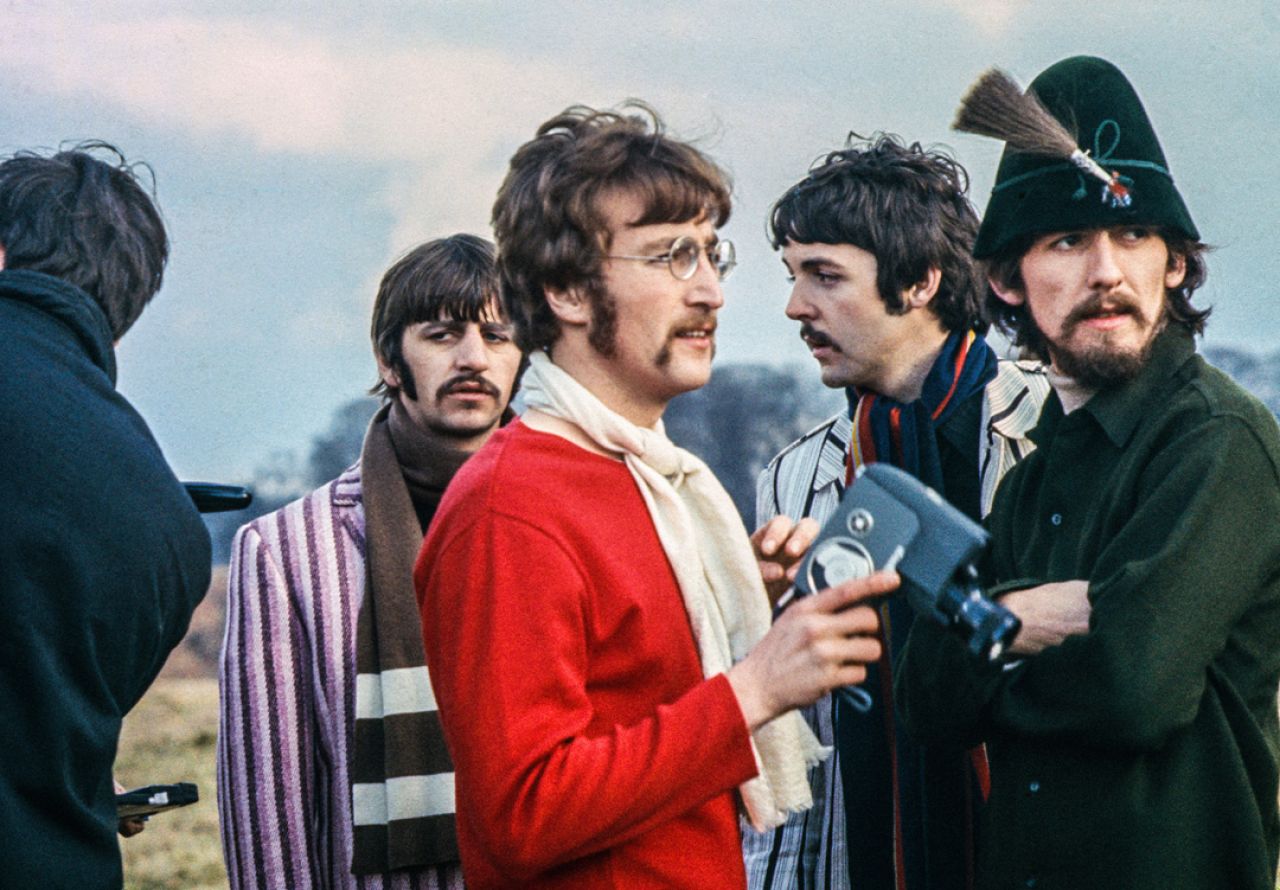
The Beatles, 1967 © Jane Bown Estate. This previously unseen photograph of The Beatles in Knole Park, Sevenoaks was taken during the filming of a promo for Penny Lane. Jane came across the band in the park by chance as she walked her dog. She returned to the house to get a camera but only had colour cibachrome film. Although these photographs were never officially published by The Observer colour magazine, they were kept on file in case they were ever required.
Working within a male-dominated industry, this significant 20th-century photojournalist captured eminent portraits of post-war Britain on assignments for The Observer from 1949; a career that spanned six decades and documented the austerity of the 1950s through to the rise of modern celebrity culture.
Bown has been frequently positioned amongst the ranks of Henri Cartier-Bresson and Robert Frank for her candid style and engagement with the "decisive moment". The collection highlights Bown’s documentary and portraiture work, exploring quintessential Britain and its defining figures through evocative black and white film photography.
Jane Bown began to develop her photographic eye in 1946 when she was accepted into Guildford School of Art’s photography programme, the only full-time course of its kind. Whilst her youthful shyness almost overshadowed a natural talent, Bown’s unassuming and contemplative personality would become her biggest asset as she developed an inimitable photographic technique.
In comparison to her male contemporaries, Bown had little interest in complex equipment, preferring to gauge the light as shadows fell on her outstretched fist rather than relying on a light meter. She became known for her unobtrusive aura while photographing celebrities more accustomed to the paparazzi; often all she required was one reel of film, fifteen minutes with her subject and indirect sunlight from a window.
From 1949 onwards, Bown became a rare female fixture frequently called upon by The Observer. Her extensive portfolio ranged from women’s demonstrations, political strikes and poignant street photography to her more recognised portraits of cultural figures such as Björk, The Beatles and Mick Jagger.
Featured within the exhibition is her revered portrait of notoriously camera-shy Samuel Beckett, captured in a dreary back entrance to the Royal Court Theatre in London. Displaying her tenacity and determination in an interview for The Guardian almost 40 years later, Bown stated that she seized the opportunity, literally grabbing Beckett’s arm in order to capture her shot. It has since become the most famous image of the writer and one of Jane Bown’s most recognisable works.
Her photography conveys an emotional narrative through the wordless expression in the eyes of her subject. The work within Jane Bown: The Observer cannot be disconnected from Bown’s distinctive character and the idiosyncratic stories which surround the creation of each picture. The uncommonly creative career path of a woman during the conservative post-war period emphasised her strength of character to defy societal expectations.
Following two exhibitions at the National Portrait Gallery in London and a CBE for her outstanding contribution to photography, Guardian Media Group produced the documentary, Looking for Light: Jane Bown, reinforcing Bown’s position as a significant 20th-century photographer. In her own words, "photographers should neither be seen nor heard" – however, Jane Bown’s emotive work and lasting legacy prove otherwise.
Jane Bown: The Observer at Proud Galleries in London runs from 28 June until 12 August 2018.
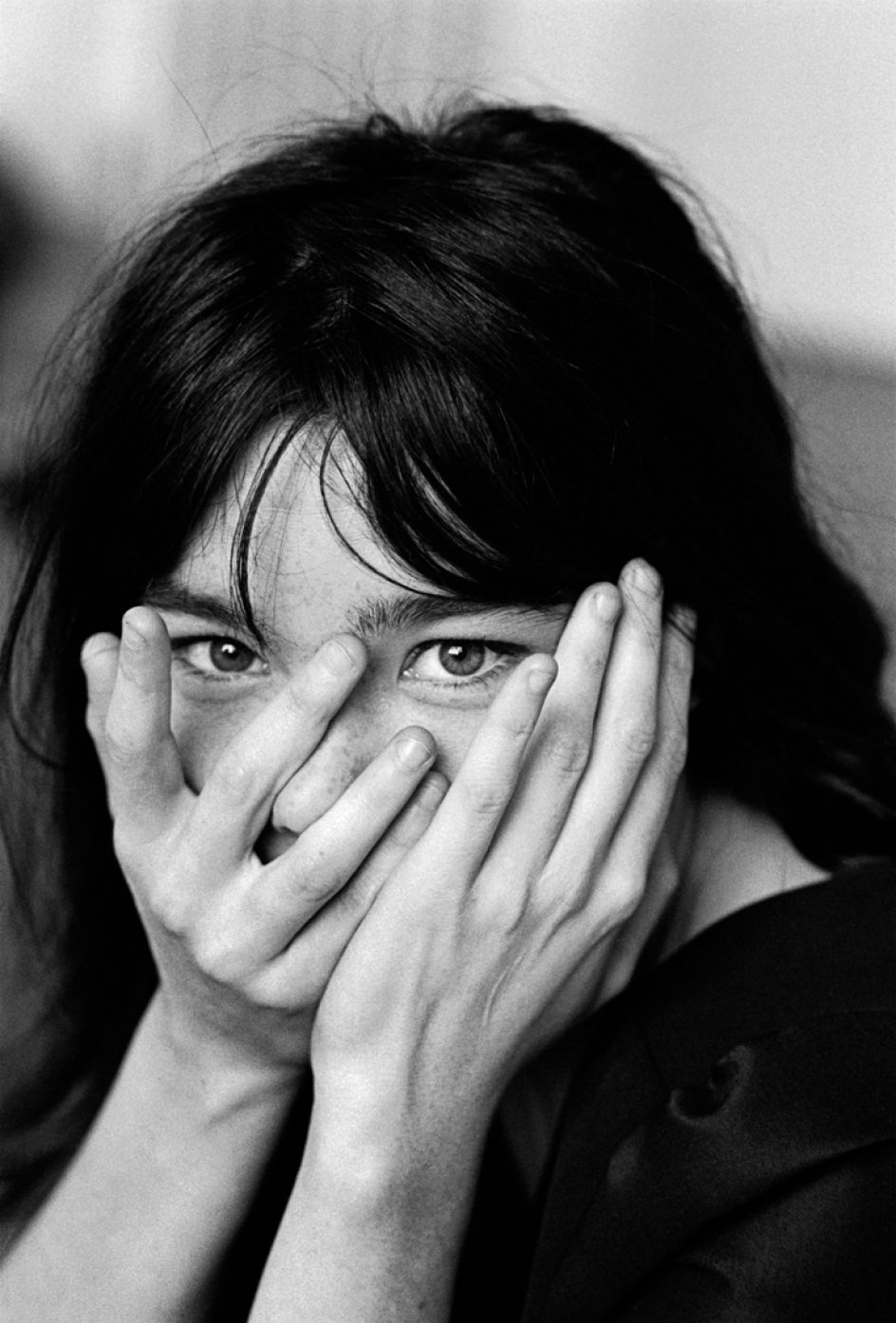
Björk, 1995 © Jane Bown Estate. When asked about her technique, Jane Bown once said that, “I often see the photograph immediately... but sometimes I have to work at it... it’s often the first or the last shot.” This photograph of Björk was the last frame on the fourth and final roll of film. After the shoot, Björk described Jane as 'bulletproof'.
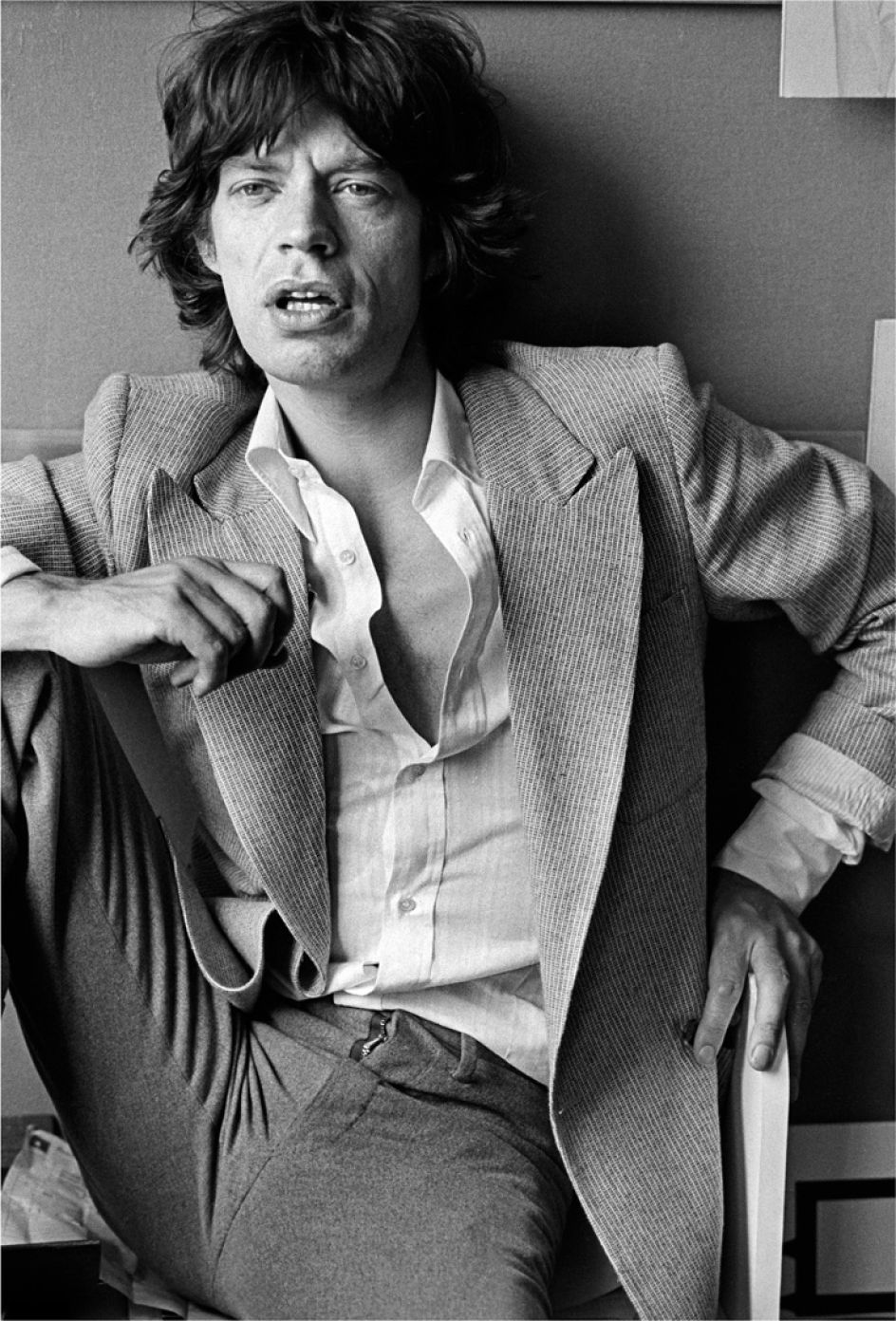
Mick Jagger, 1977 © Jane Bown Estate. Jane Bown often liked to have the full attention of her subject and to keep distractions to a minimum; however she would sometimes be instructed to capture her portrait while an interview was taking place. This iconic photograph of Mick Jagger, rediscovered in 2006, was taken on one such occasion. While working for The Observer, Jane always deferred to picture editors in their choice of image, meaning that her archive is full of hidden and unseen treasures.

Samuel Beckett, 1976 © Jane Bown Estate. This famous portrait of playwright Samuel Beckett was captured in an alleyway at the back entrance of the Royal Court Theatre, where he was apprehended by Jane as he tried to escape her lens. He reluctantly allowed her to expose three frames; she managed five before he strode off. The middle one is, arguably, the most iconic image of the writer.
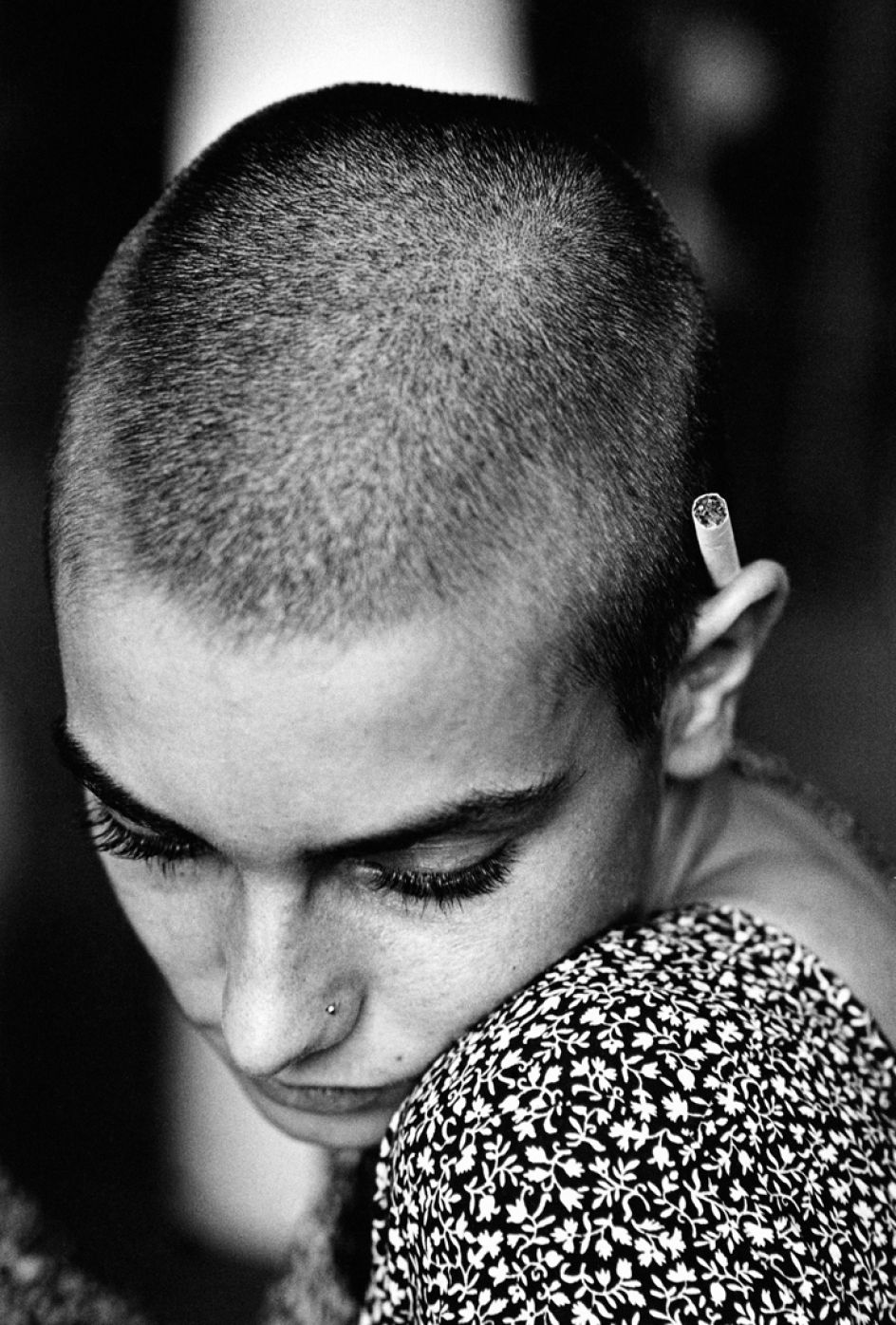
Sinéad O'Connor, 1992 © Jane Bown Estate. Taken during a rehearsal backstage, Jane Bown managed to capture a contemplative, calm photograph of Sinéad O'Connor. During the early 1990s, every other photographer was taking images that featured O'Connor's large beautiful eyes, but Bown’s unique composition in this photograph creates something truly iconic.
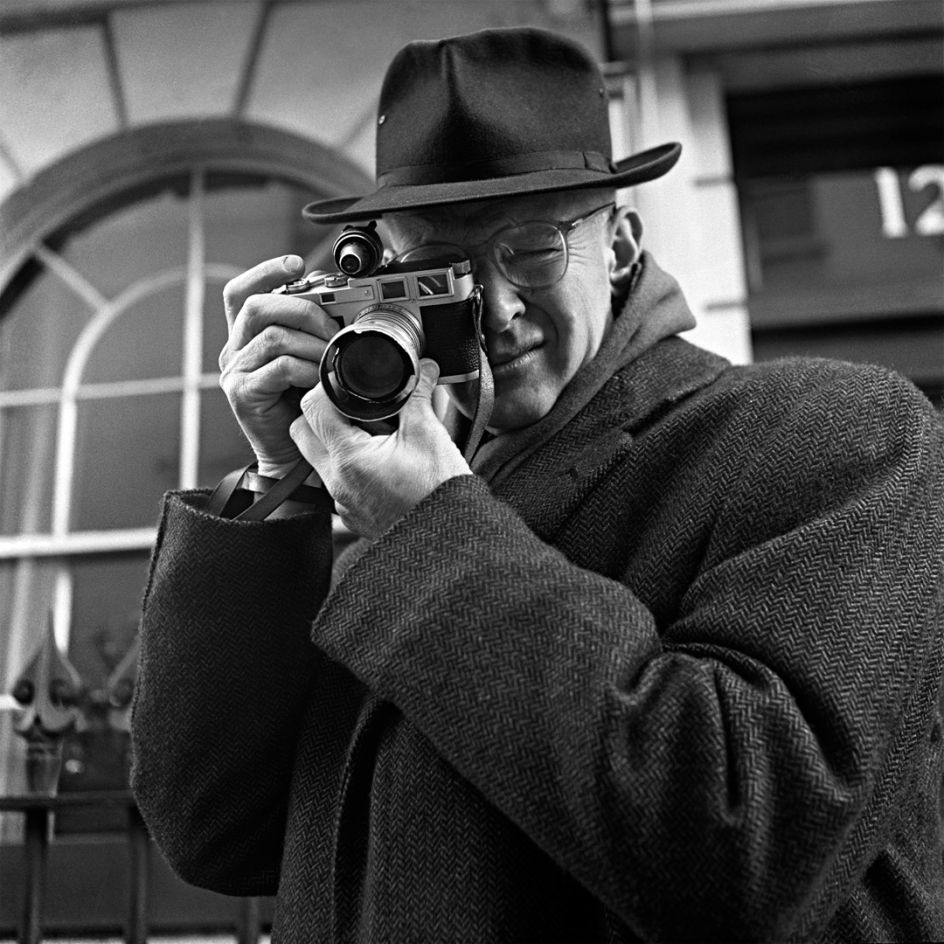
Henri Cartier-Bresson, 1957 © Jane Bown Estate. Henri Cartier-Bresson is considered a master of candid-style photography and his work has frequently been compared to Jane Bown’s. He pioneered the concept of the ‘decisive moment’ - the split-second during which the photographer instinctively realises that their photograph must be captured. This portrait was not captured as part of an official photoshoot. Instead, Jane encountered Cartier-Bresson on a London street and spontaneously shot two frames.




 by Tüpokompanii](https://www.creativeboom.com/upload/articles/58/58684538770fb5b428dc1882f7a732f153500153_732.jpg)










